R.S. Coleman Lumber Highlighted in Va. Forest Products Week Tours
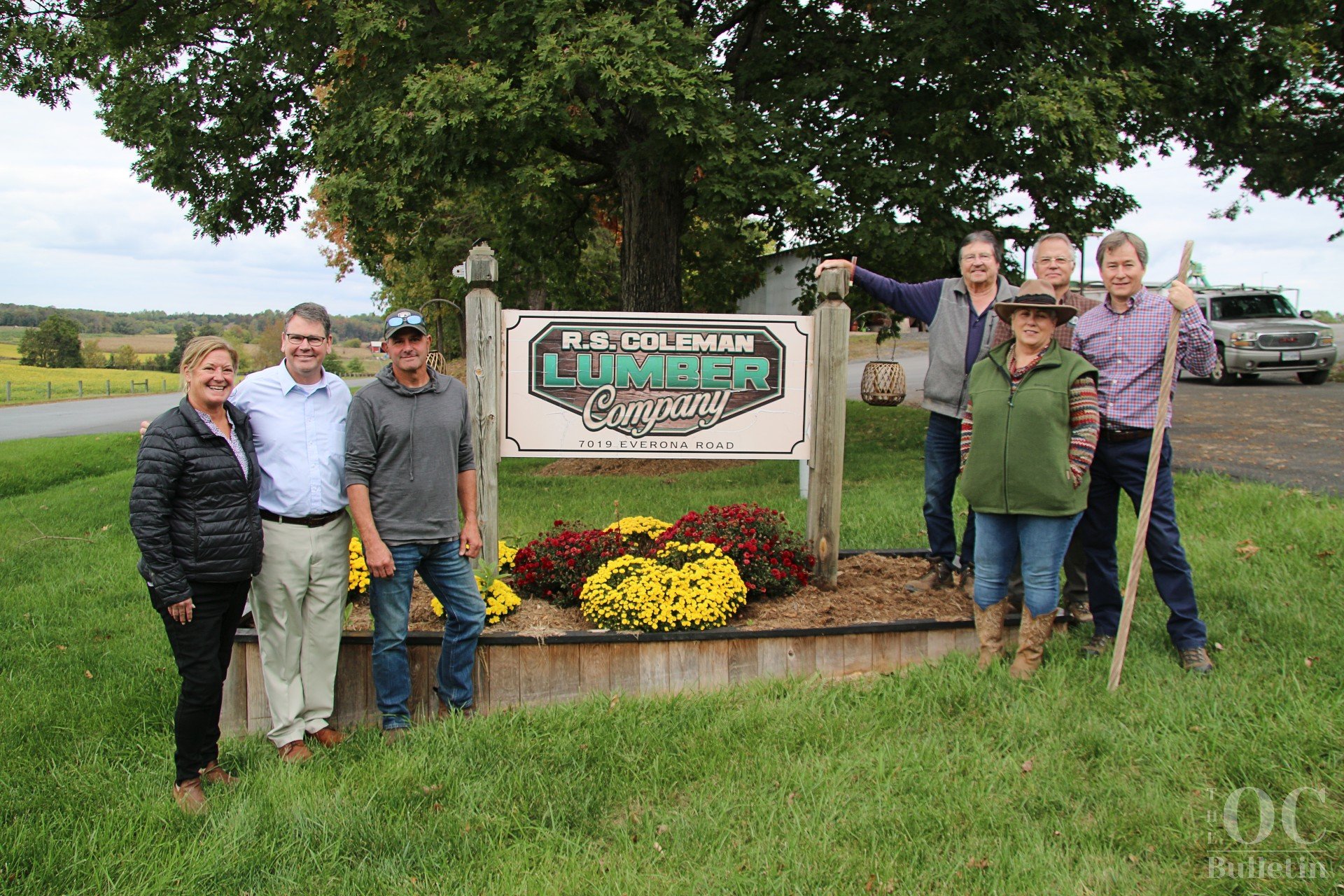
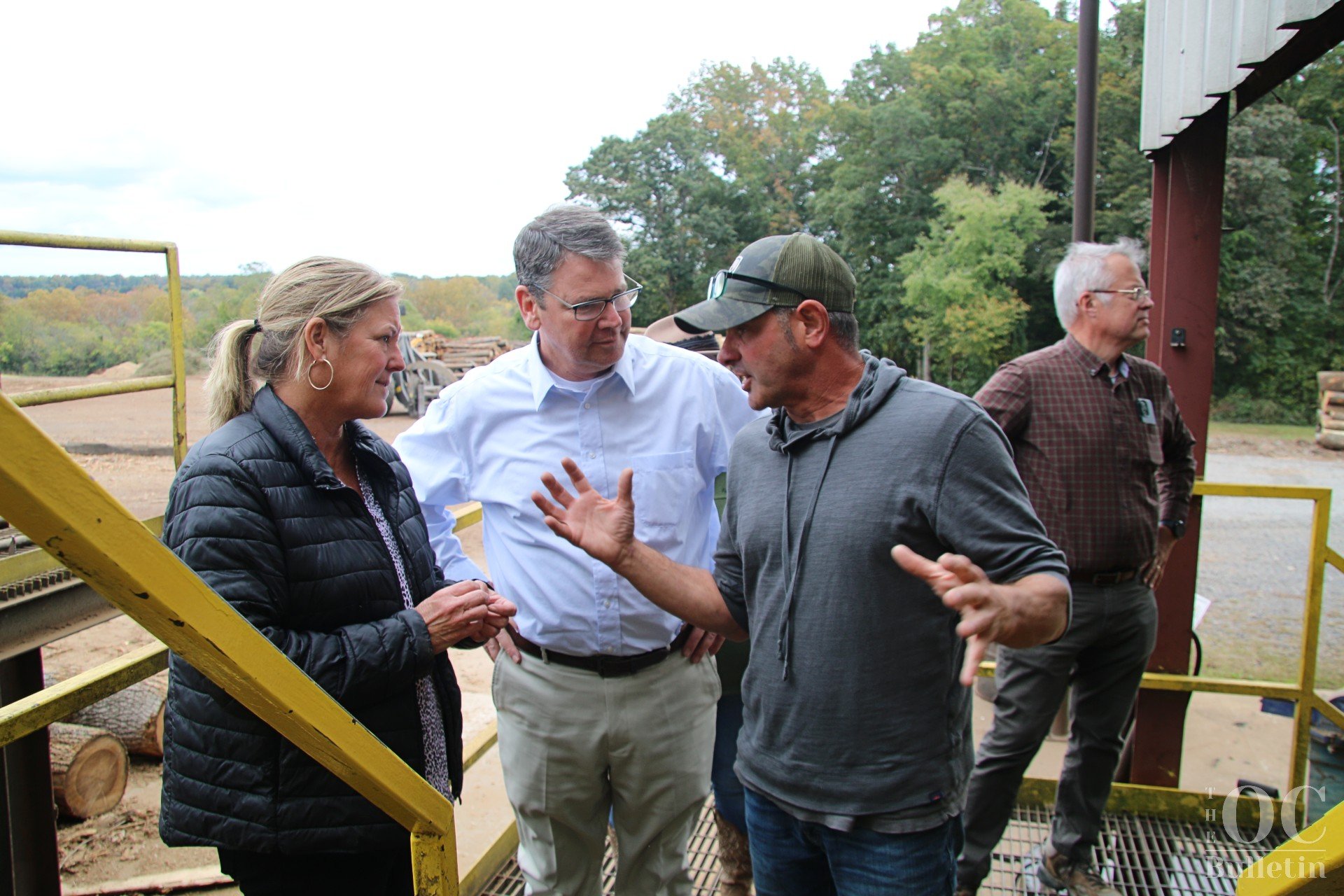
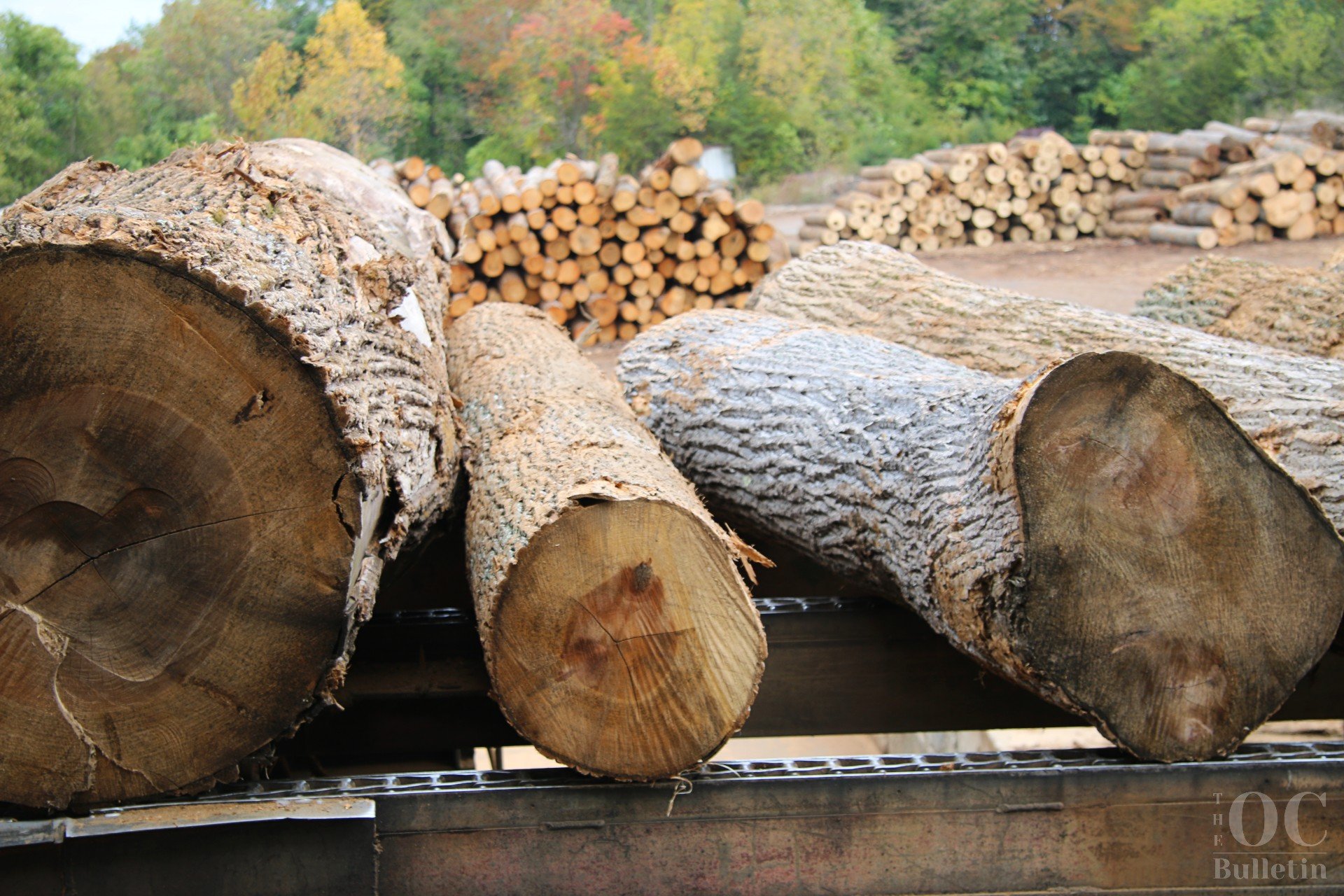
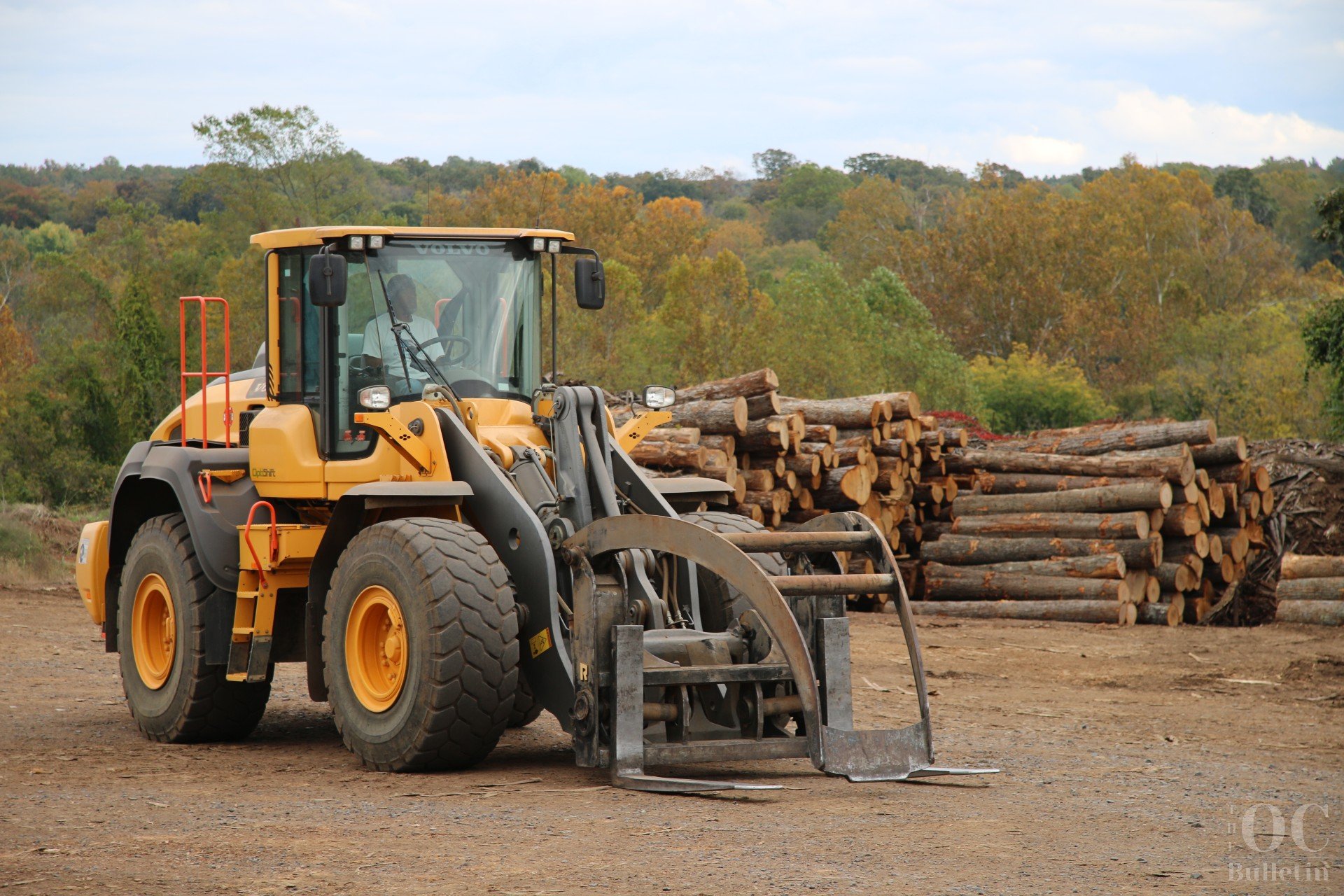
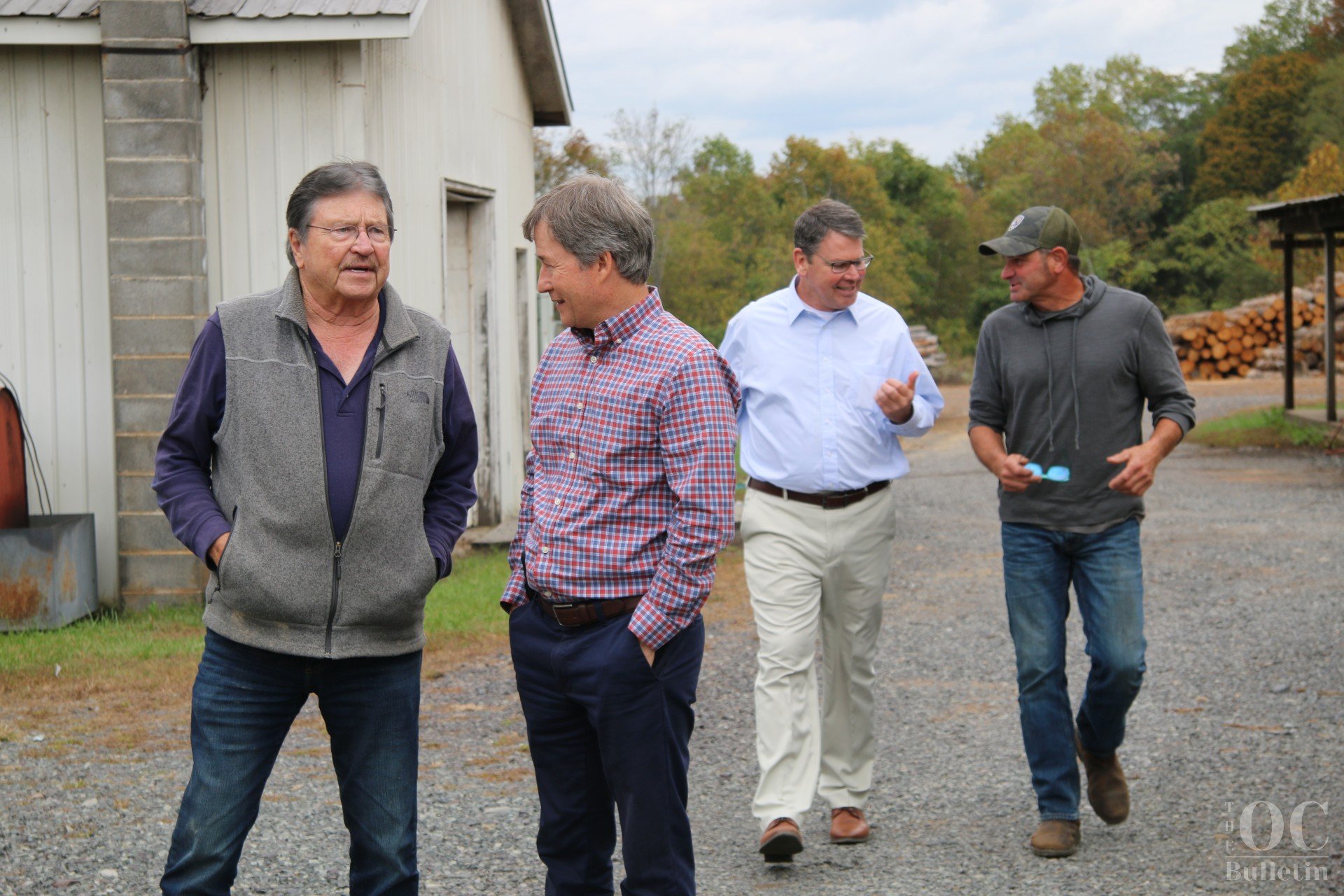
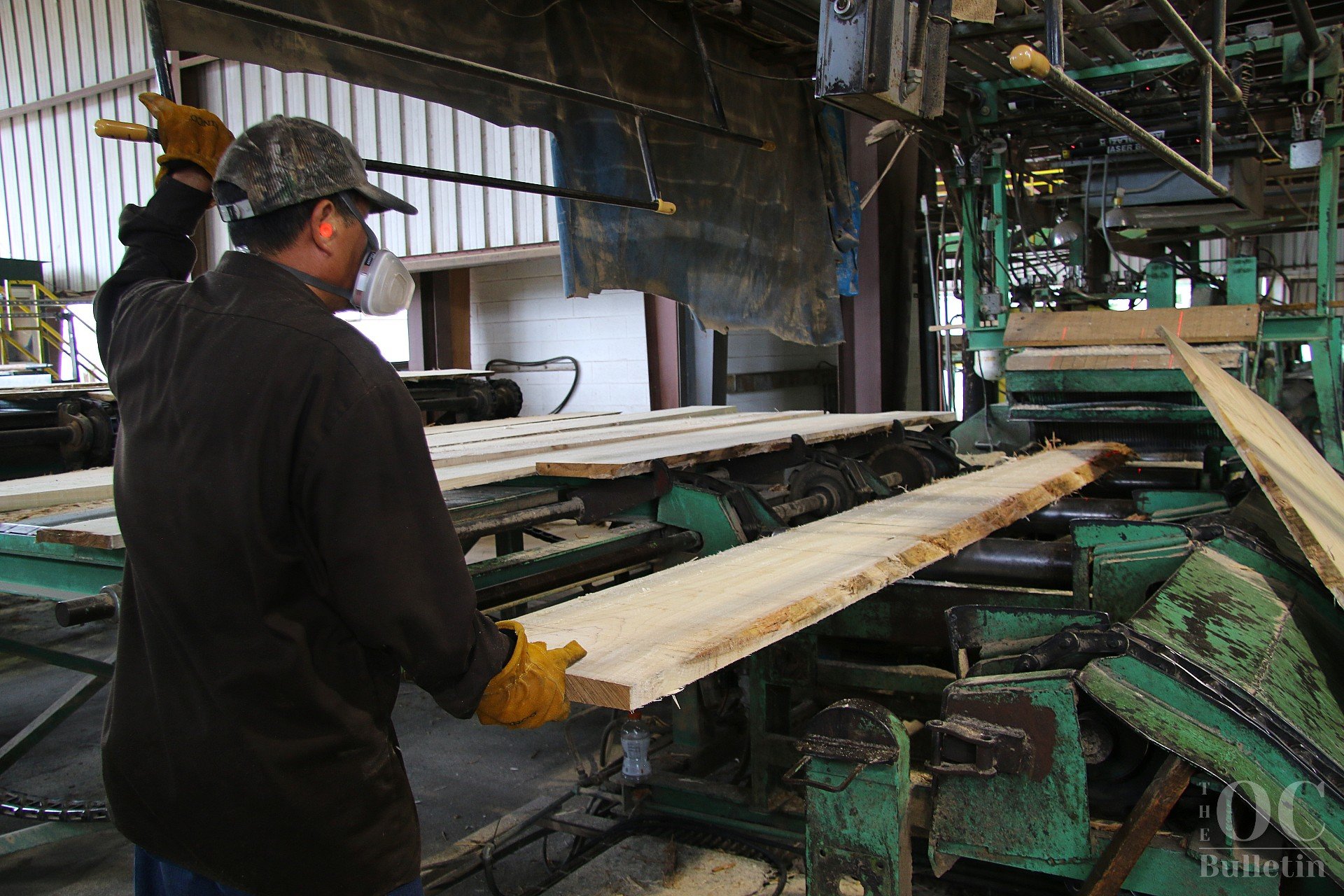
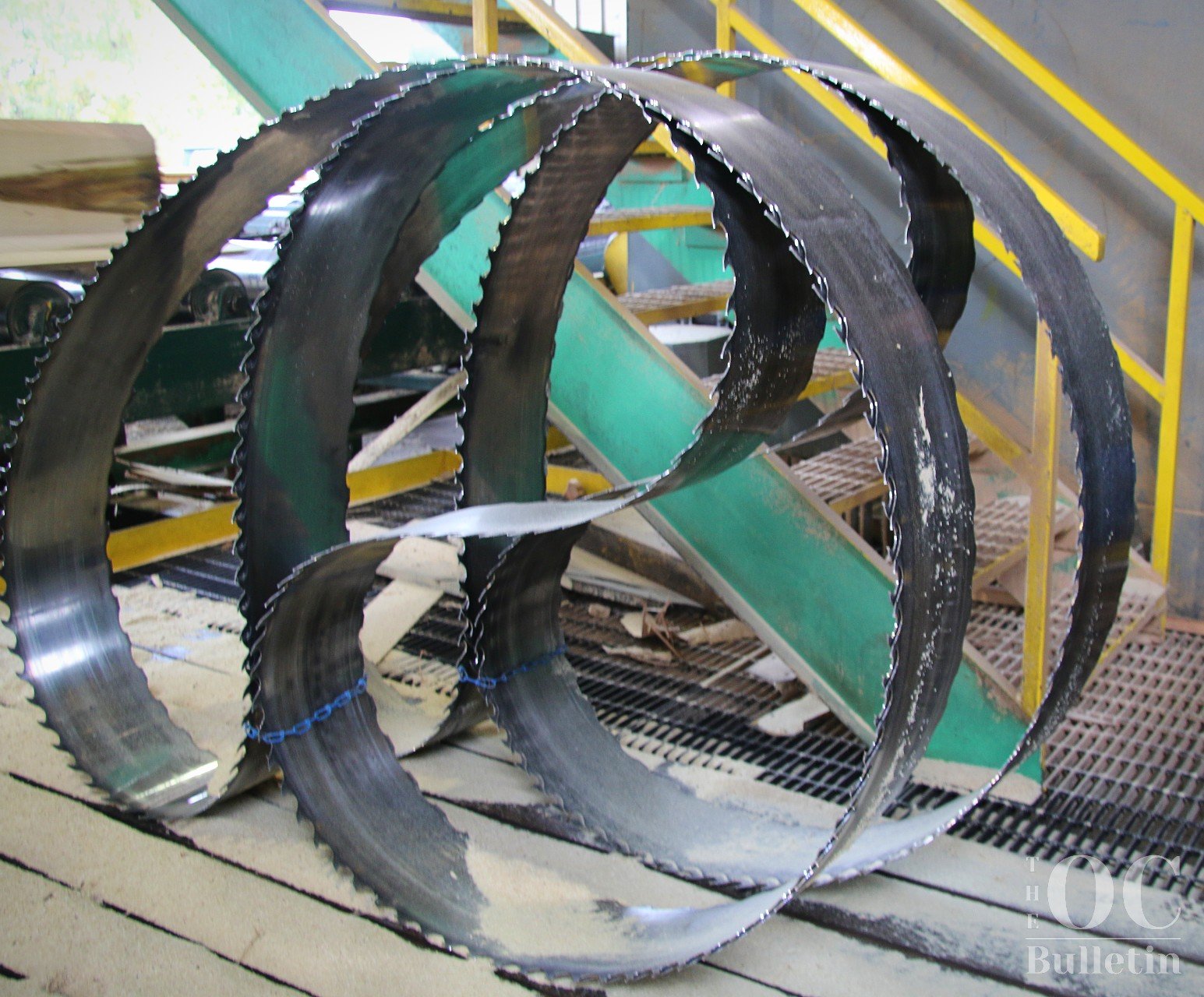
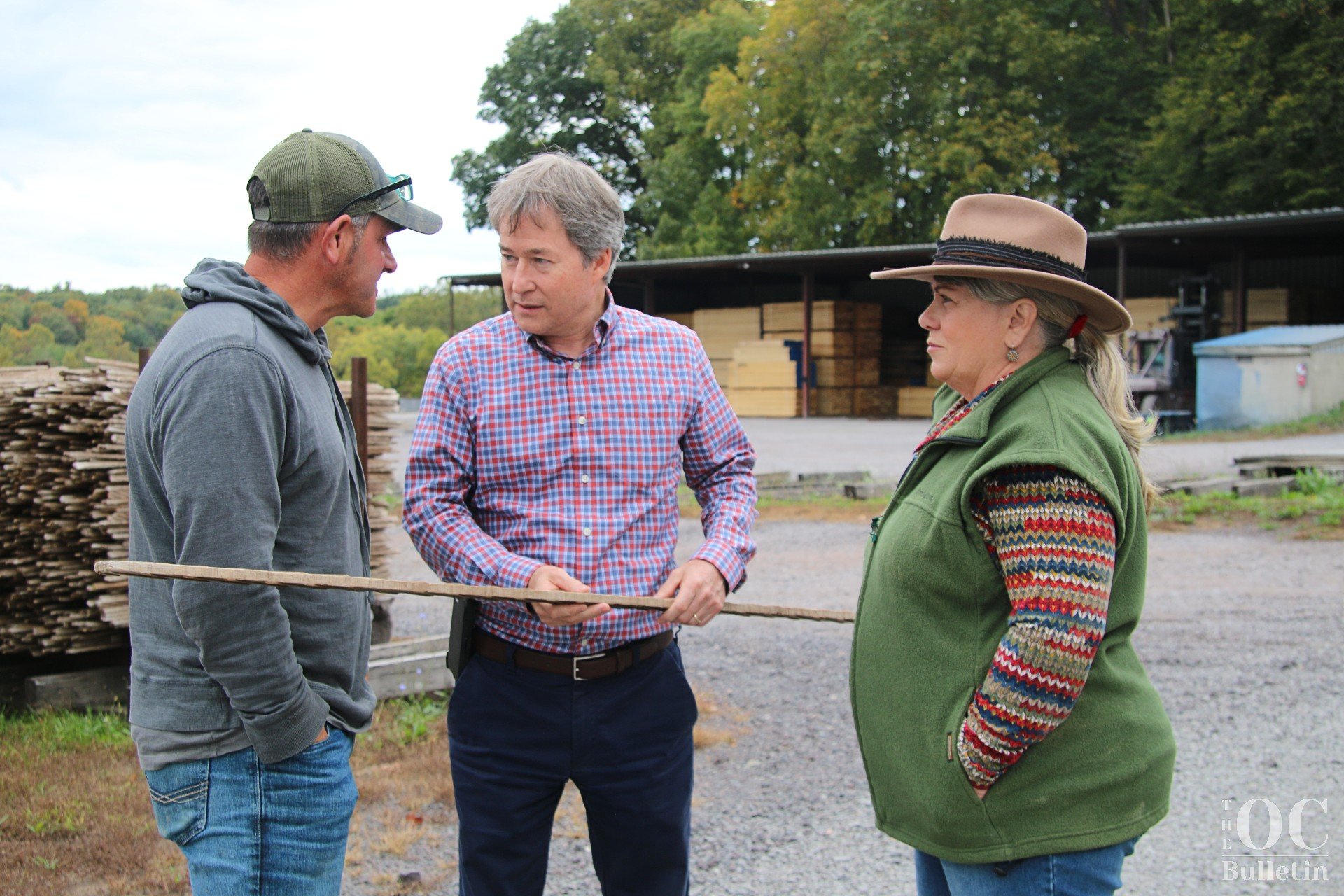
State officials traveled to R.S. Coleman Lumber Company on Wednesday, Oct. 18, as part of a series of visits to forestry businesses in honor of Virginia Forest Products Week.
In a press release last Monday, Governor Glenn Youngkin proclaimed Oct. 16 – 20 Forest Products Week in Virginia in recognition of the commonwealth’s third largest industry, which employs more than 100,000 people and creates $23.6 billion in output annually.
“Virginia’s Forest Products Week celebrates the essential role forests play in our environment and economy,” Gov. Youngkin stated in the release. “Our forestry industry in the Commonwealth is critical to our economic success, generating thousands of good jobs across the state.”
Robert S. Coleman Jr. and Jamie Coleman were joined Wednesday by Virginia Secretary of Agriculture and Forestry Matthew Lohr, Virginia Department of Forestry (VDOF) State Forester Rob Farrell and Deputy State Forester Ed Zimmer, as well as Virginia Forest Products Association (VFPA) Executive Director Lesley Moseley and Government Affairs Director Susan Seward.
Founded in the 1940s, R.S. Coleman Lumber Company is a third-generation sawmill located on Everona Road in Orange County and specializing in hardwood lumber, including poplar, oak, ash and hickory. During their visit, officials saw the inner workings of the hardwood production process, from trimming to sorting and kiln drying.
In order to stay competitive over time, the company has constantly adapted, starting out as a portable sawmill before converting to a stationary sawmill in the 1960s, and gradually shifting its focus from basic lumber products to higher-quality hardwoods. In more recent years, R.S. Coleman Lumber has been adding tools like computer-controlled kilns and 3D scanning to optimize quality and output of the lumber they produce.
In pre-pandemic years, the company produced about 10 million feet of lumber used primarily for furniture, molding, trims and other high-end products. Since then, changes in everything from interest rates to international relations and consumer preferences have impacted the demand for hardwood, and current production levels are at approximately 6 million feet per year.
“When the interest rates are low and housing is booming, we’re obviously busier and we actually sell more domestically. More people are putting in hardwood floors and molding and buying hardwood furniture, and that helps our industry,” said Jamie Coleman, company vice-president. “But when housing slows down in the U.S., we tend to go back to more exporting,”
For Sec. Matthew Lohr, supporting forest product businesses like R.S. Coleman Lumber through changing times is key to continued economic development.
“Governor Youngkin is all about growing Virginia’s economy, both in urban areas and rural areas,” Sec. Lohr shared. “Most of these sawmills are in smaller communities, and the impact they have is so important. They create jobs and taxes for the local economy, and so it really helps grow our rural parts of the state.”
Those jobs also can make a real difference for those looking to build a solid career without incurring college debt. Susan Seward of VFPA noted that experienced sawyers can earn upwards of $75,000 per year.
“Minimum wage is unheard of, even for beginners,” she said. “It’s a great job for people who enjoy being outside and seeing tangible results to their work.”
To encourage more forestry businesses to open and expand in Virginia, state leaders are making efforts to educate those in the industry about available programs like Virginia’s Agriculture and Forestry Industries Development Fund (AFID), which provides grants to agribusinesses and forest product manufacturers.
“Right now, we’re partnering with the Virginia Economic Development Partnership to do outreach to our Virginia companies to let them know that Virginia is here to help with their expansion plans,” Sec. Lohr shared.
At the same time that leaders at the state level are working to keep the forestry industry growing, they also have programs to ensure that the natural resources that make the industry possible are replenished.
The Reforestation of Timberlands Program, managed through VDOF, provides cost-share assistance for landowners to plant pine trees on their property. Due in part to this program, Virginia currently maintains a growth-to-drain ratio of two-to-one, meaning that two trees are planted in the commonwealth for every tree cut down.
“They are a renewable resource,” said Jamie Coleman. “It’s very important as an industry that we do a good job of promoting and educating people about that.”
To learn more about Virginia’s AFID grant program, visit www.vdacs.virginia.gov/agriculture-afid-facility-grants.shtml. For more information regarding the Reforestation of Timberlands Program, go to www.dof.virginia.gov/forest-management-health/landowner-assistance/reforestation.
